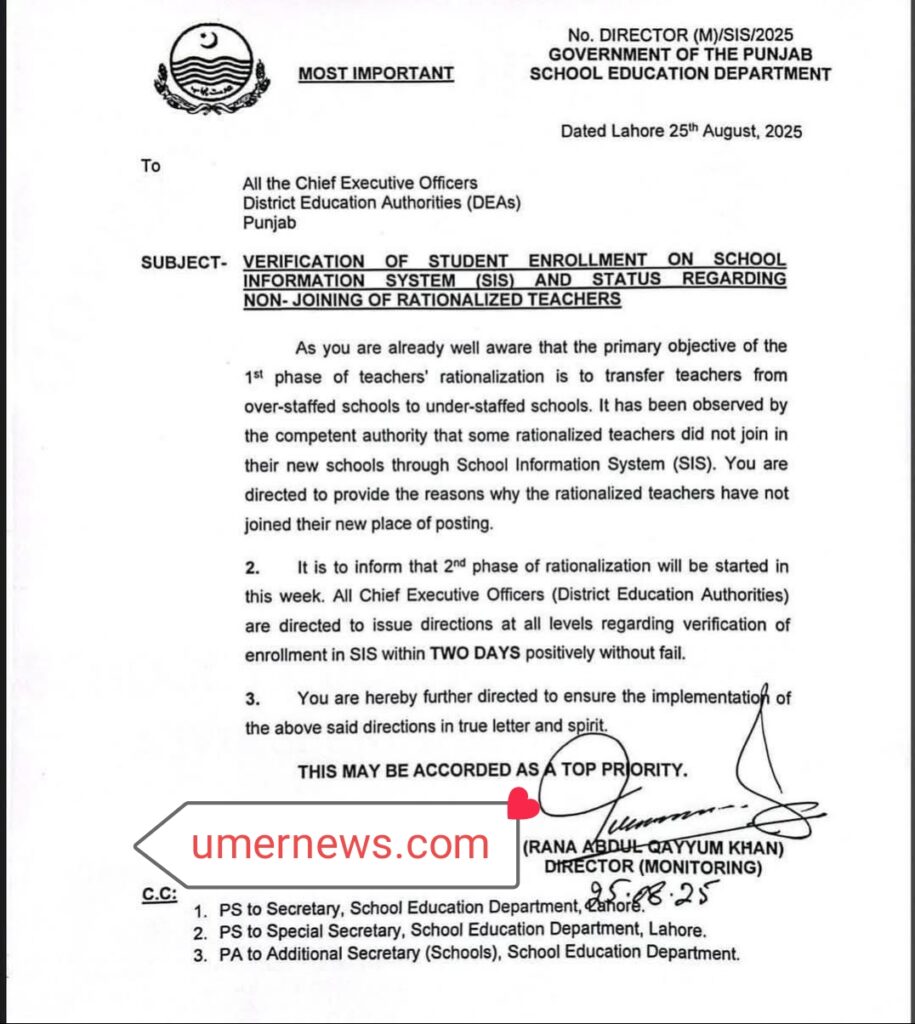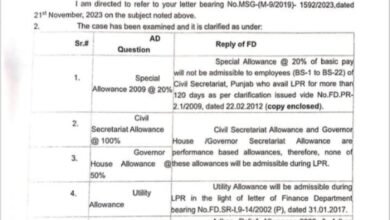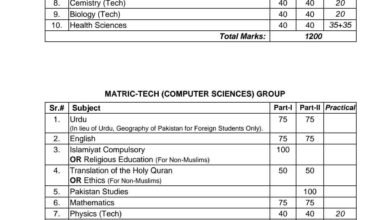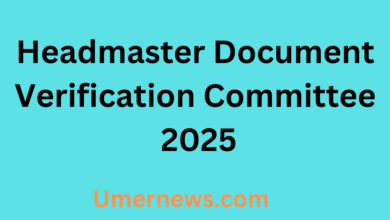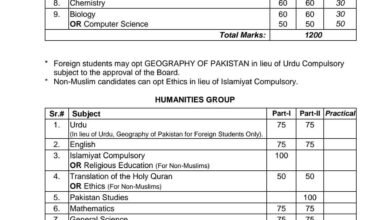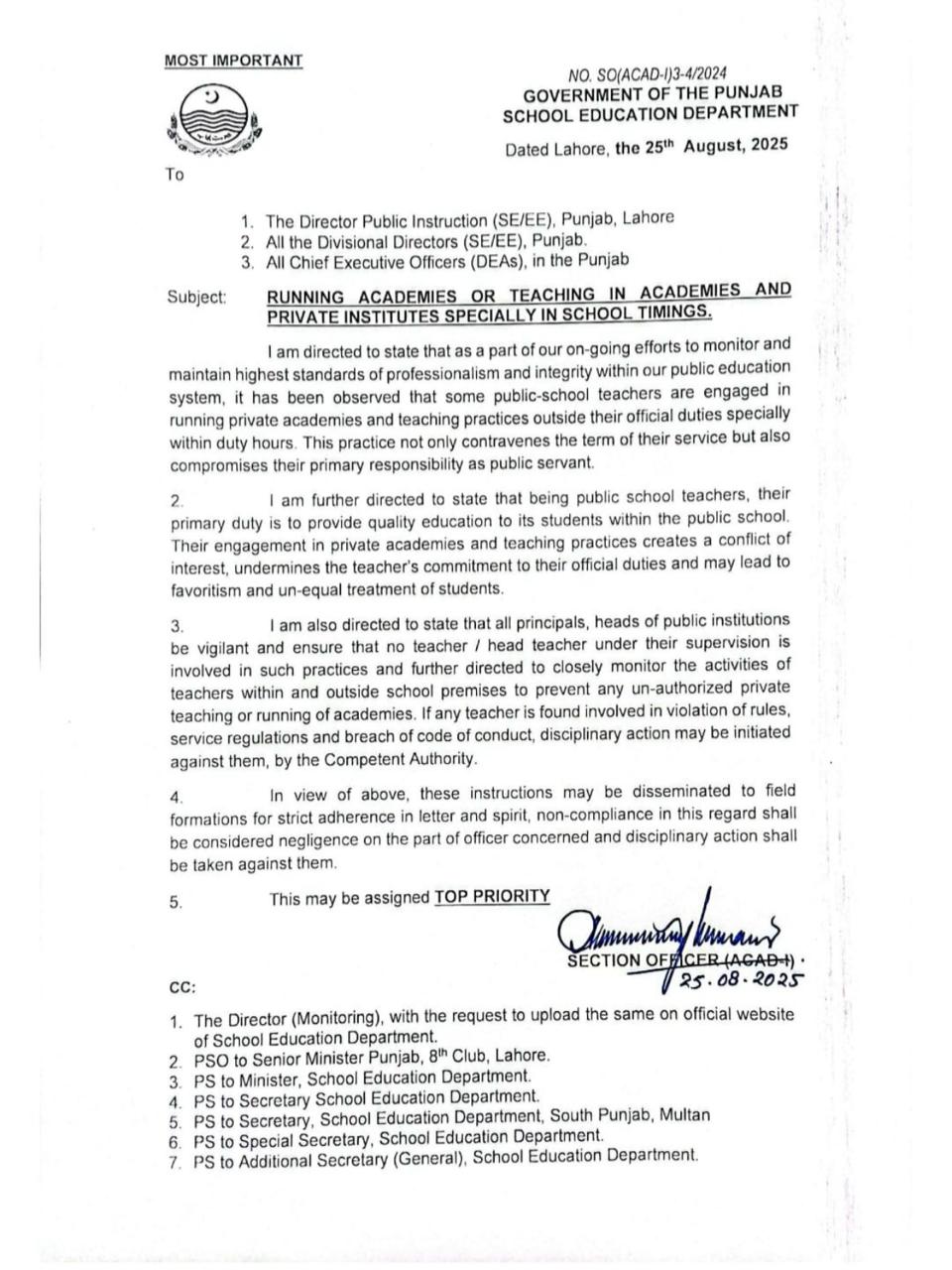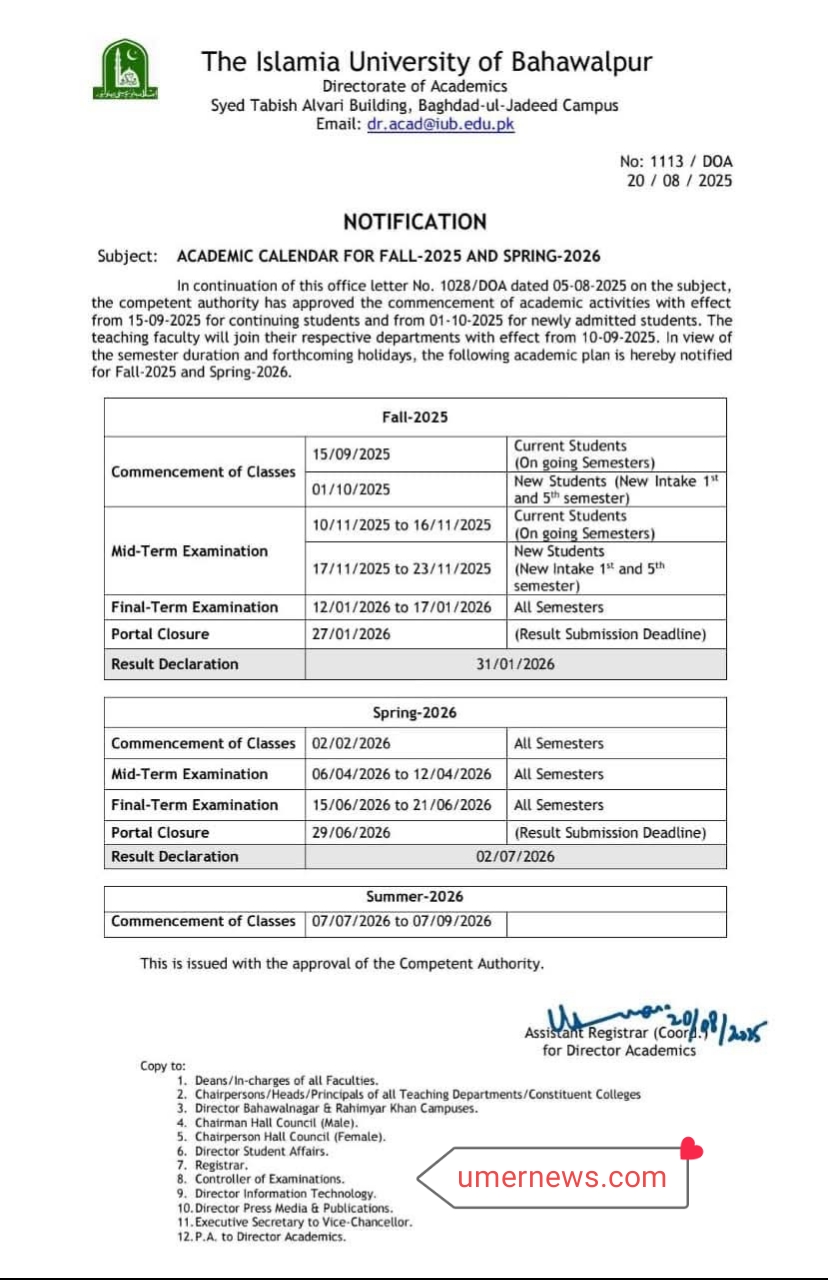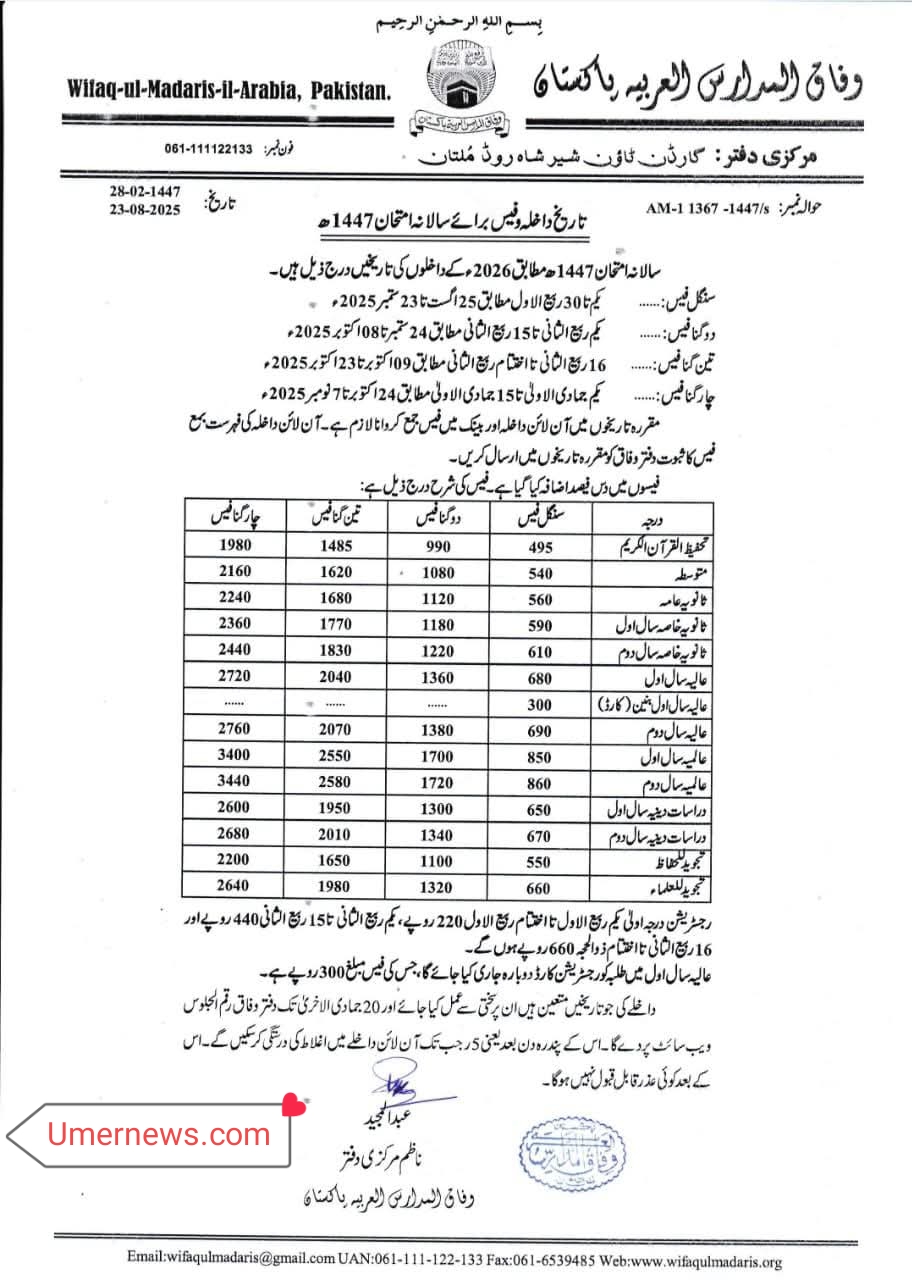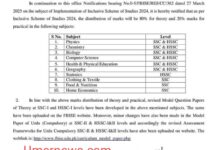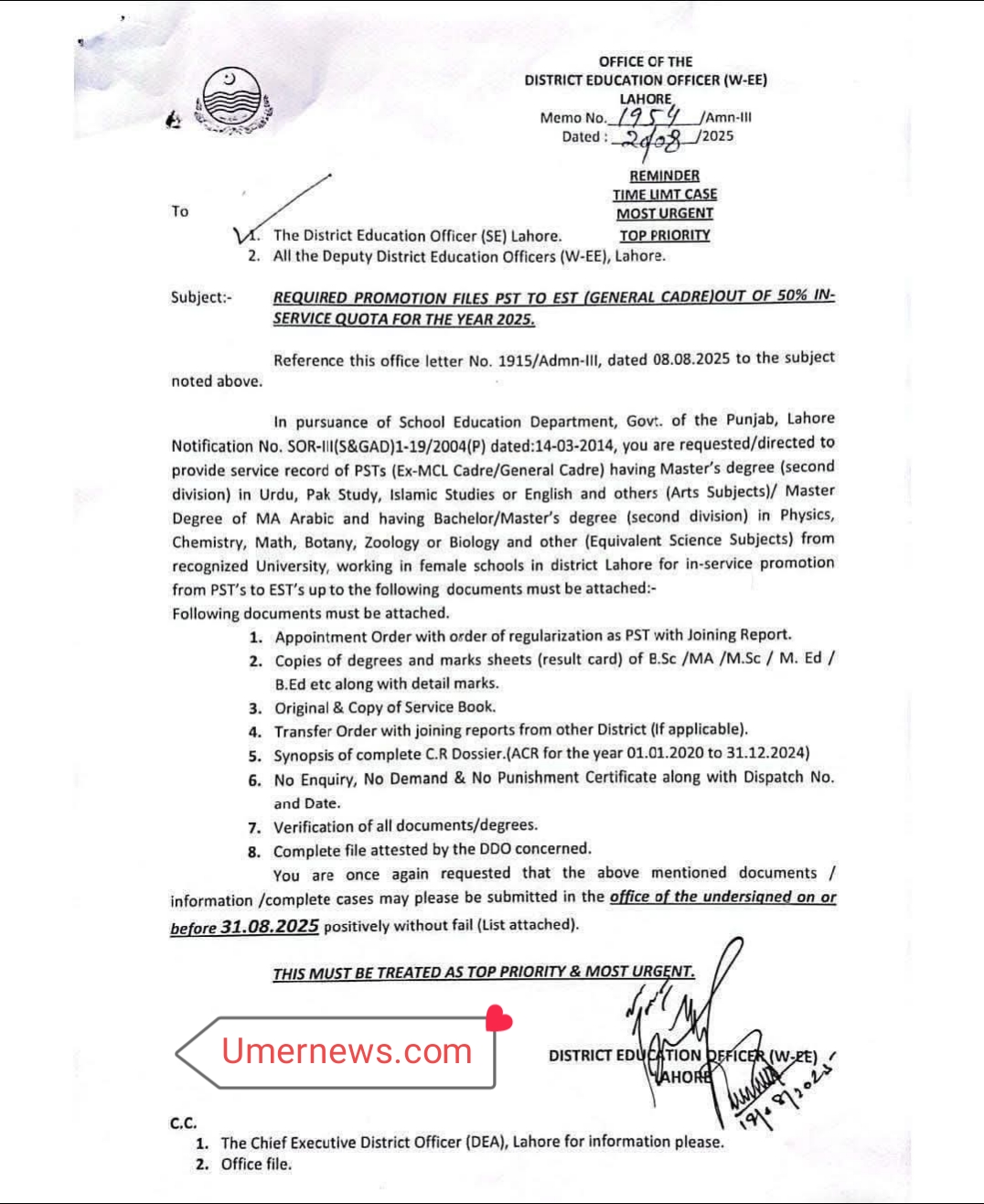School Rationalization & Teacher Transfers
School Rationalization & Teacher Transfers
Contents
School Rationalization & Teacher Transfers: What You Need to Know
The Punjab School Education Department has issued new directives on teacher rationalization and transfers. Learn what this means for educators and schools.
In a significant move aimed at optimizing resources and improving the quality of education, the Government of the Punjab School Education Department has announced the next phase of its rationalization policy. This initiative focuses on the strategic transfer of teachers from over-staffed schools to those facing shortages. For many teachers, this means a new posting and a change of scenery. However, some rationalized teachers have not joined their new schools through the School Information System (SIS), leading to a new directive from the department. This article breaks down the recent orders and explains what they mean for all stakeholders, from teachers to school administration.
Understanding the Punjab Government’s Rationalization Policy
The teacher rationalization process is designed to create a more equitable distribution of teaching staff across schools in Punjab. The primary goal is to address the imbalance where some schools have a surplus of teachers, while others are severely under-staffed. By transferring these teachers, the government hopes to enhance the learning environment for students in schools that previously lacked adequate teaching resources.
The first phase of this policy has already been implemented, and the School Education Department has been monitoring its progress. A key part of this process involves teachers officially joining their new posts through the School Information System (SIS).
Directives for the Second Phase of Rationalization
The recent official letter from the Director of Monitoring, Rana Abdul Qayyum Khan, highlights the urgency of the matter. The document, dated August 25, 2025, directs all District Education Authorities (DEAs) to take immediate action. The second phase of rationalization is set to begin this week.
Here are the main points of the directive:
- Verification of Student Enrollment: DEAs are mandated to verify student enrollment data in SIS within two days. This is a critical step to ensure the accuracy of the rationalization process.
- Rationalized Teachers’ Status: The directive specifically addresses rationalized teachers who have not yet joined their new schools. DEAs are required to investigate and provide reasons for the non-joining of these teachers at their new postings.
- Top Priority: The document emphasizes that these instructions are to be accorded “a top priority” to ensure the successful and timely implementation of the policy.
The purpose of this strict timeline is to streamline the transfer process and ensure that schools are properly staffed as quickly as possible.
Implications for Teachers and Administrators
For teachers, this means that any pending rationalization transfers must be completed promptly. If you are a teacher who has been transferred and have not yet joined your new school, it is crucial to understand the reasons and communicate with the relevant authorities.
For administrators, particularly Chief Executive Officers (CEOs) and DEAs, the directive is a clear call to action. They must ensure that all processes are followed meticulously and that the data submitted is accurate. Failure to comply could impact the overall efficiency of the education system in their district.
This ongoing rationalization process is part of a broader effort by the Punjab government to modernize and improve its education sector. By leveraging technology like the School Information System (SIS) and issuing clear, firm directives, the government aims to create a more efficient and accountable system for managing its teaching staff.
Frequently Asked Questions
1. What is rationalization of teachers?
Rationalization of teachers is a government policy that involves transferring teachers from schools with a surplus of staff to schools that are under-staffed. The goal is to ensure a balanced teacher-to-student ratio and improve the quality of education in all schools.
2. What is the School Information System (SIS)?
The School Information System (SIS) is a digital platform used by the Punjab School Education Department to manage and track various school-related data. It is a key tool for recording student enrollment, teacher transfers, and other administrative tasks.
3. Why are some rationalized teachers not joining their new schools?
The official directive doesn’t specify the reasons, but common issues can include personal circumstances, location challenges, or technical difficulties with the School Information System. The new directive mandates that DEAs provide the reasons for this non-compliance.
4. What happens if a teacher does not join their new posting?
The official document doesn’t outline the exact consequences, but non-compliance with a formal government directive can lead to disciplinary action. The new order to investigate the reasons for non-joining suggests that the department is seeking to enforce its policy strictly.
5. How will the second phase of rationalization be different?
The second phase will likely build on the data and experience from the first phase. The current directive signals a more focused approach on compliance and verification, ensuring that the transfers are not just ordered but also successfully implemented.
6. Is this policy permanent?
Rationalization is an ongoing process aimed at maintaining an efficient and balanced teaching staff across the province. Policies like these are typically reviewed and updated periodically based on the needs of the education system.
7. How can teachers stay informed about this policy?
Teachers can stay informed by regularly checking official communications from the School Education Department, their respective DEAs, and the School Information System (SIS) portal. Staying in touch with administrative staff is also helpful.
Conclusion
The latest directive from the Punjab School Education Department underscores the government’s commitment to its teacher rationalization policy. By requiring DEAs to verify student enrollment and provide reasons for the non-joining of rationalized teachers, the department is taking a firm step toward ensuring the policy’s success. This is a crucial development for the education sector in Punjab, and it will be interesting to see how it impacts the distribution of teaching staff and the overall quality of education.
What do you think about this new directive? Share your thoughts in the comments below!
